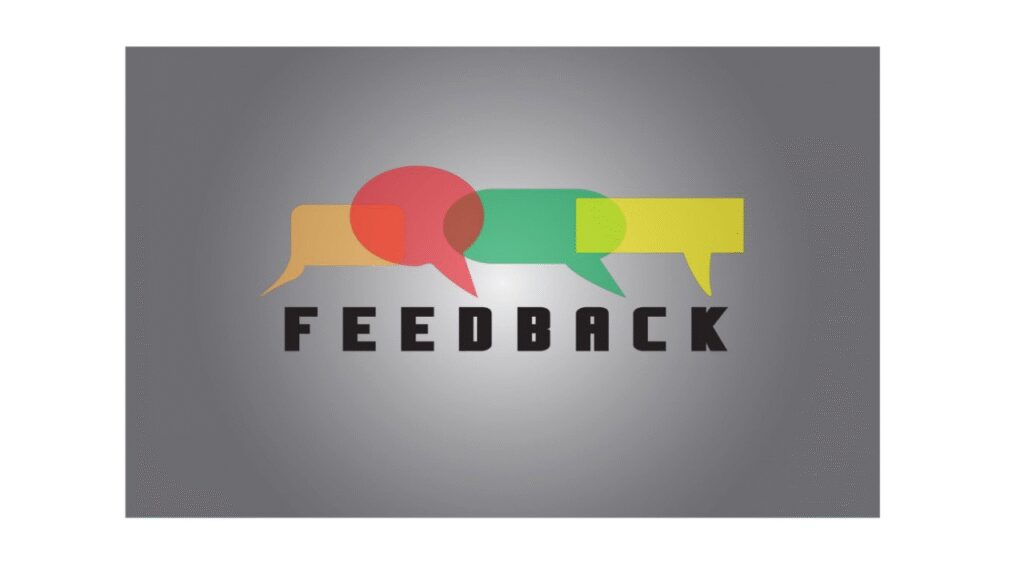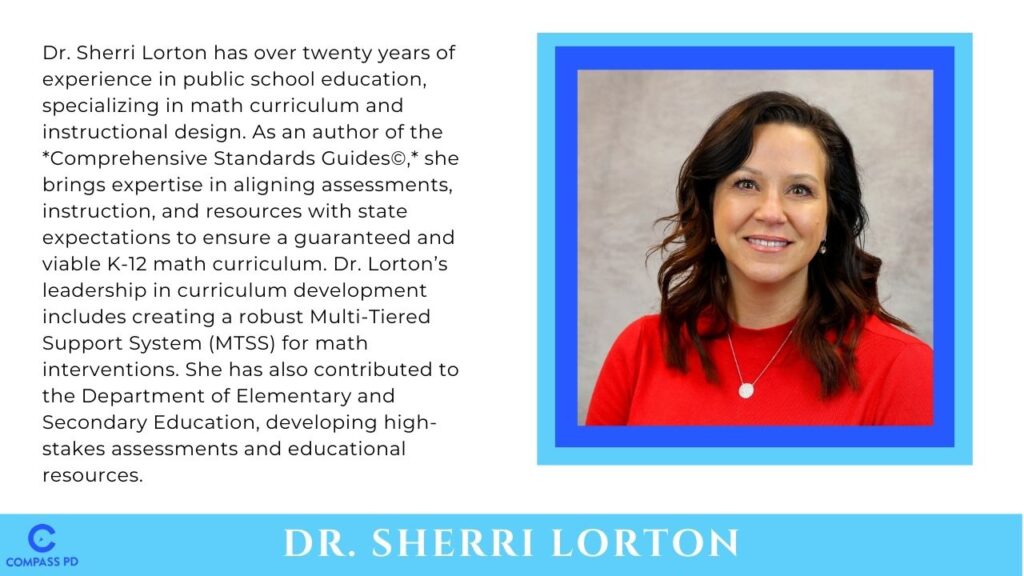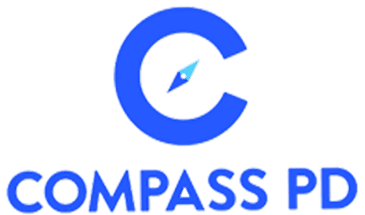From Pilot to Purchase: A Practical Guide to Selecting Core Instructional Resources Part 2: Supporting the Pilot and Making the Final Decisions
By Dr. Sherri Lorton
A well-planned pilot is only as effective as its implementation. Once the materials are in teachers’ hands, districts must ensure that support systems, data collection strategies, and communication pathways are in place. In this second part of the blog series, we continue with my most recent district’s elementary math pilot and explore how thoughtful implementation can lead to a confident district-wide adoption.
In Part 1, we explored how to launch a successful pilot—from forming a representative team to selecting materials and recruiting participants. With that foundation in place, Part 2 focuses on implementation: how to support teachers, gather meaningful feedback, and use data to guide a confident adoption decision.
In my recent district, to provide the best feedback without bias, all teachers piloted both programs selected for the pilot. When everyone has the opportunity to participate fully in both programs, they can truly evaluate pros and cons and make comparisons. Without this step, teachers often become attached to one program and unwilling to consider the alternative or compromise. The lessons learned in this process, while drawn from math, are applicable to any grade level or subject area where districts are considering a new core instructional resource.
Potential Pitfall: Pilot resources present material in a different order than current resource.
Solution: Determine what units/sections the team will pilot and the timeline for teaching that content.

Supporting Teachers During the Pilot
The district’s pilot began with professional development (PD) before teachers even opened the new materials. Teachers received training at the outset of each program to build familiarity with lesson structure, pacing, and digital tools. Mid-point PD sessions provided a critical chance to reflect and re-engage with content and pedagogy. These sessions were offered in small groups during plan times and before or after school—formats that teachers appreciated for their practicality and personalization. Curriculum team members and coaches also set up and attended meetings with pilot teachers every other week to gather feedback and provide support for any ongoing struggles or issues.
Additionally, in order to stay consistent with the district pacing guide, curriculum specialists prepared documents to guide teachers on which units to teach from each of the new programs. Regular check-ins with district leaders and vendor reps helped ensure smooth implementation and provided quick answers to emerging questions.
Potential Pitfall: Teachers feel overwhelmed or unsupported using unfamiliar materials.
Solution: Offer accessible PD before and during the pilot. Provide timely, on-demand support throughout the process.

Gathering Comprehensive Feedback
A pilot should generate more than anecdotal impressions. Our district gathered feedback from multiple sources:
- Teacher reflections on instructional alignment, usability, and student engagement.
- Student outcomes, including formative assessments and teacher observation.
- Parent feedback at the beginning, midpoint, and end of the pilot, focusing on home-based experiences and student attitudes.
- Building-level discussions to encourage peer collaboration and norming.
The dual-program structure allowed every participating teacher to compare both programs using consistent criteria, strengthening the validity of their input.
Potential Pitfall: Inconsistent or limited feedback that doesn’t reflect all stakeholder perspectives.
Solution: Build a feedback plan from the start that includes teachers, students, and families—and ensures consistency across classrooms.
Analyzing the Data to Inform Decision-Making
Once the pilot concluded, the district brought its leadership team back together to synthesize the feedback. Teachers reviewed all of the data from students, pilot teachers, parents, and anecdotal notes from meetings with curriculum leaders. They were split into groups by grade level first, then again by mixed grade level to consider all viewpoints. Key considerations included:
- How well each program aligned with the instructional vision and standards
- The ease of use and clarity of lesson design
- Impact on student engagement and learning
- Teacher preferences and practical considerations
Ultimately, the data clearly supported one program over the other. Because the pilot had been inclusive, thorough, and transparent, the recommendation for adoption was credible and trusted among staff and the community.
Potential Pitfall: Rushing to adoption without processing the full range of data.
Solution: Dedicate time for team analysis, triangulate multiple data sources, and communicate the rationale for final decisions.
Communicating the Outcome and Next Steps
The final step in any successful pilot is clear, proactive communication. The curriculum team made a recommendation to the Board of Education for final approval, and the district notified families of the outcome and shared plans for district-wide implementation. Pilot teachers played a key role in introducing the new program to their peers, often serving as in-building leaders during rollout. Informational meetings were planned to introduce parents to the new resource, share reasons for the change, show data validity, and explain common structures their students might use during implementation.
This transparency helped the district move from pilot to purchase with broad buy-in and reduced uncertainty with all stakeholders.
Potential Pitfall: Adoption surprises staff or families and erodes trust.
Solution: Share the process and outcomes with stakeholders early and often. Use pilot teachers as ambassadors during implementation.

Final Thoughts
Piloting a new instructional resource takes time, planning, and purposeful engagement. By supporting teachers, collecting diverse feedback, and grounding decisions in data, districts can ensure their adoption reflects what’s best for students and educators.
While this process was applied in an elementary math setting, it can be adapted for any content area or grade span. Whether you’re selecting a new core curriculum for literacy, science, or a high school course sequence, a well-executed pilot builds the confidence and clarity needed for sustainable instructional change.
References
Darling-Hammond, L., Hyler, M. E., & Gardner, M. (2017). Effective teacher professional development. Learning Policy Institute. https://learningpolicyinstitute.org/product/effective-teacher-professional-development-report
Education Development Center. (n.d.). Guidance for curriculum review and adoption. https://edc.org
Institute of Education Sciences. (n.d.). What Works Clearinghouse. https://ies.ed.gov/ncee/wwc/
Short, D. J., & Hirsh, S. (2020). Professional learning standards and teacher support. Learning Forward. https://learningforward.org/standards-for-professional-learning/
Wixson, K. K., & Valencia, S. W. (2014). Assessment in RTI and instruction: An integrative approach. The Elementary School Journal, 115(2), 192–219. https://doi.org/10.1086/678295

